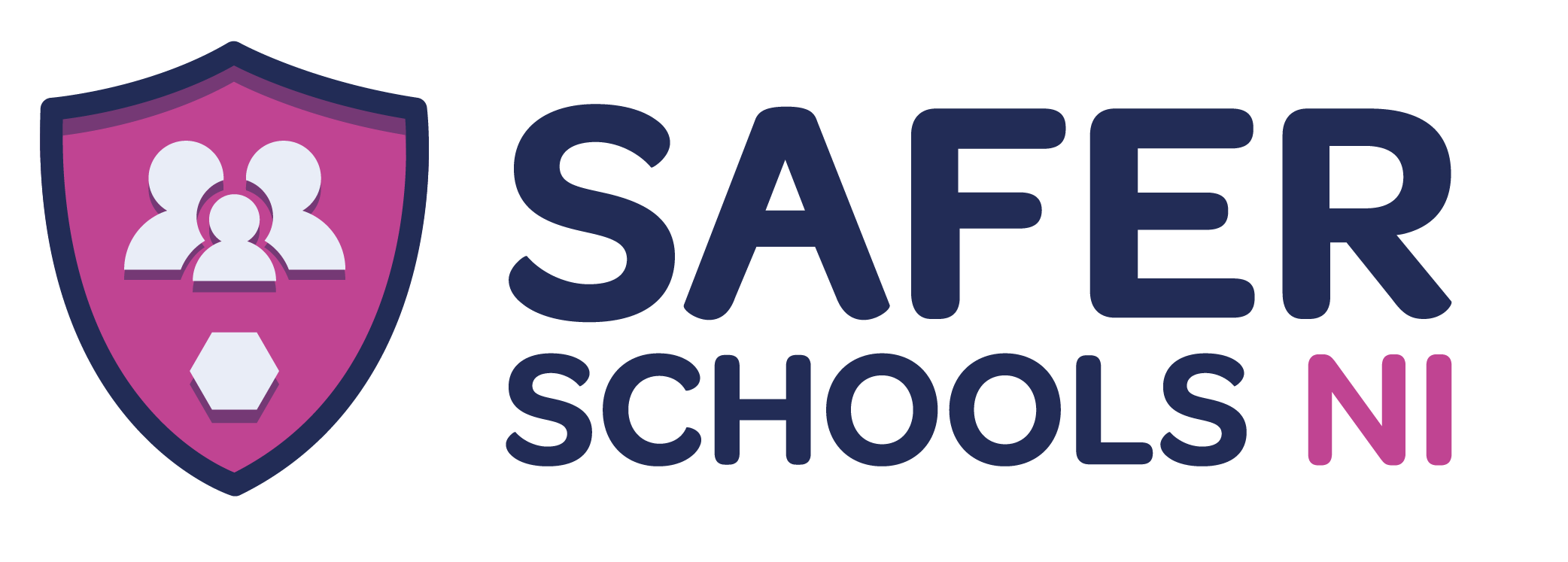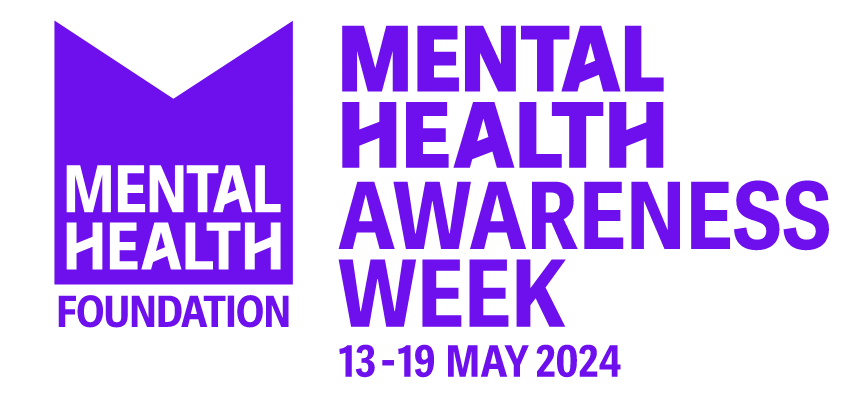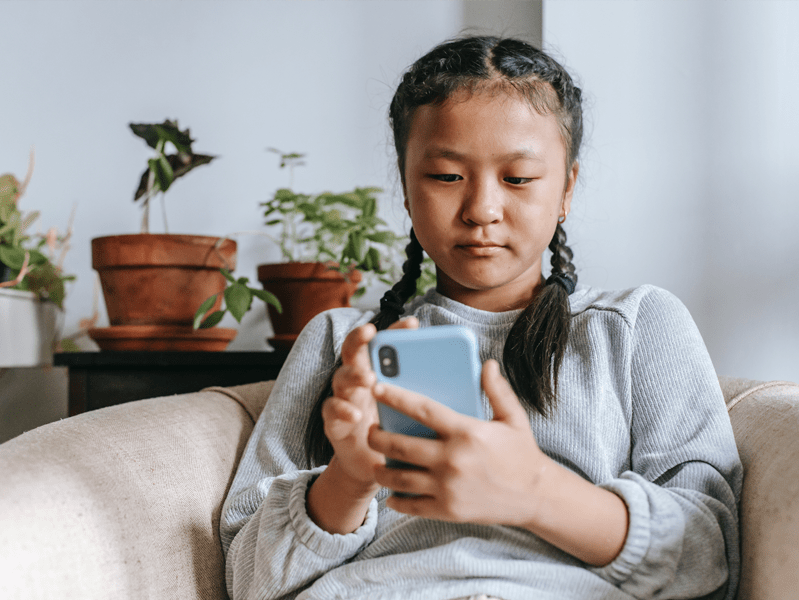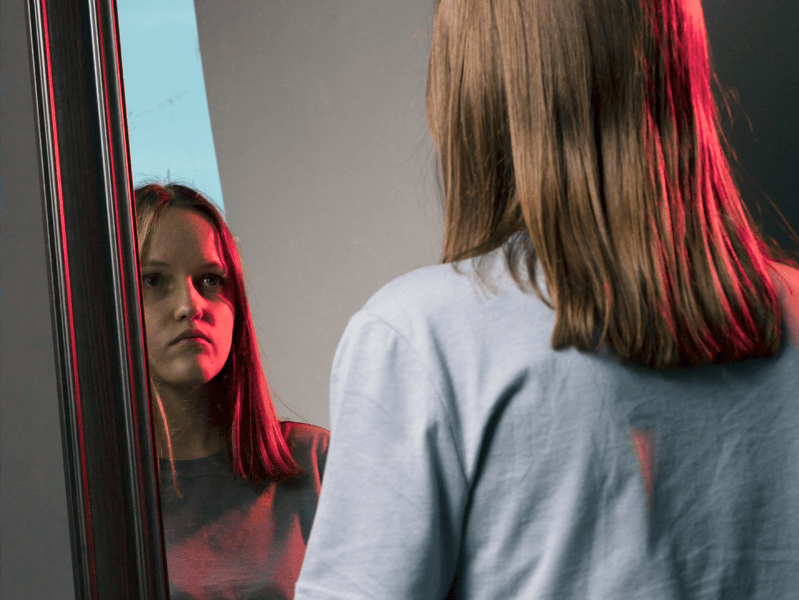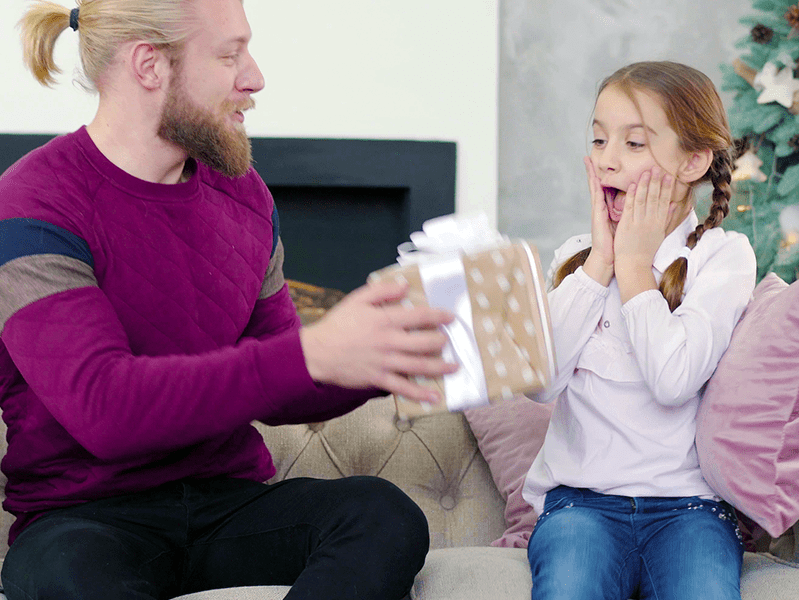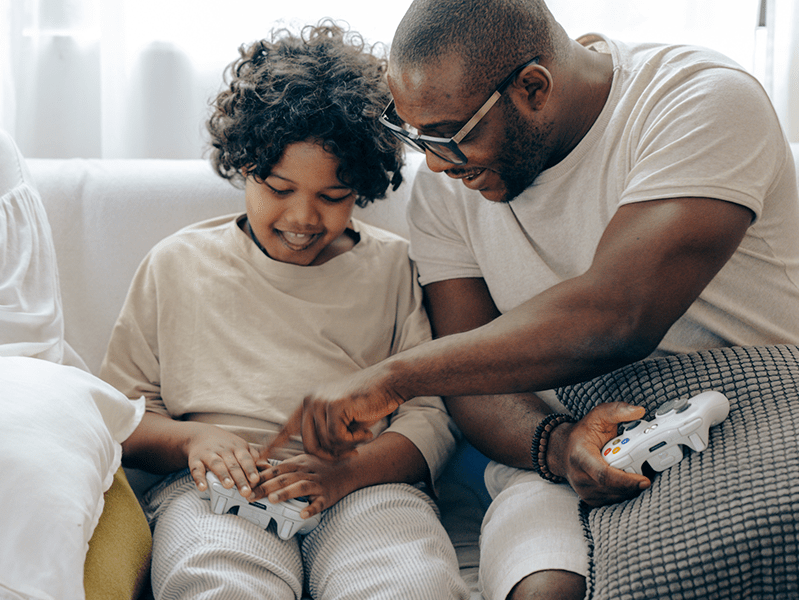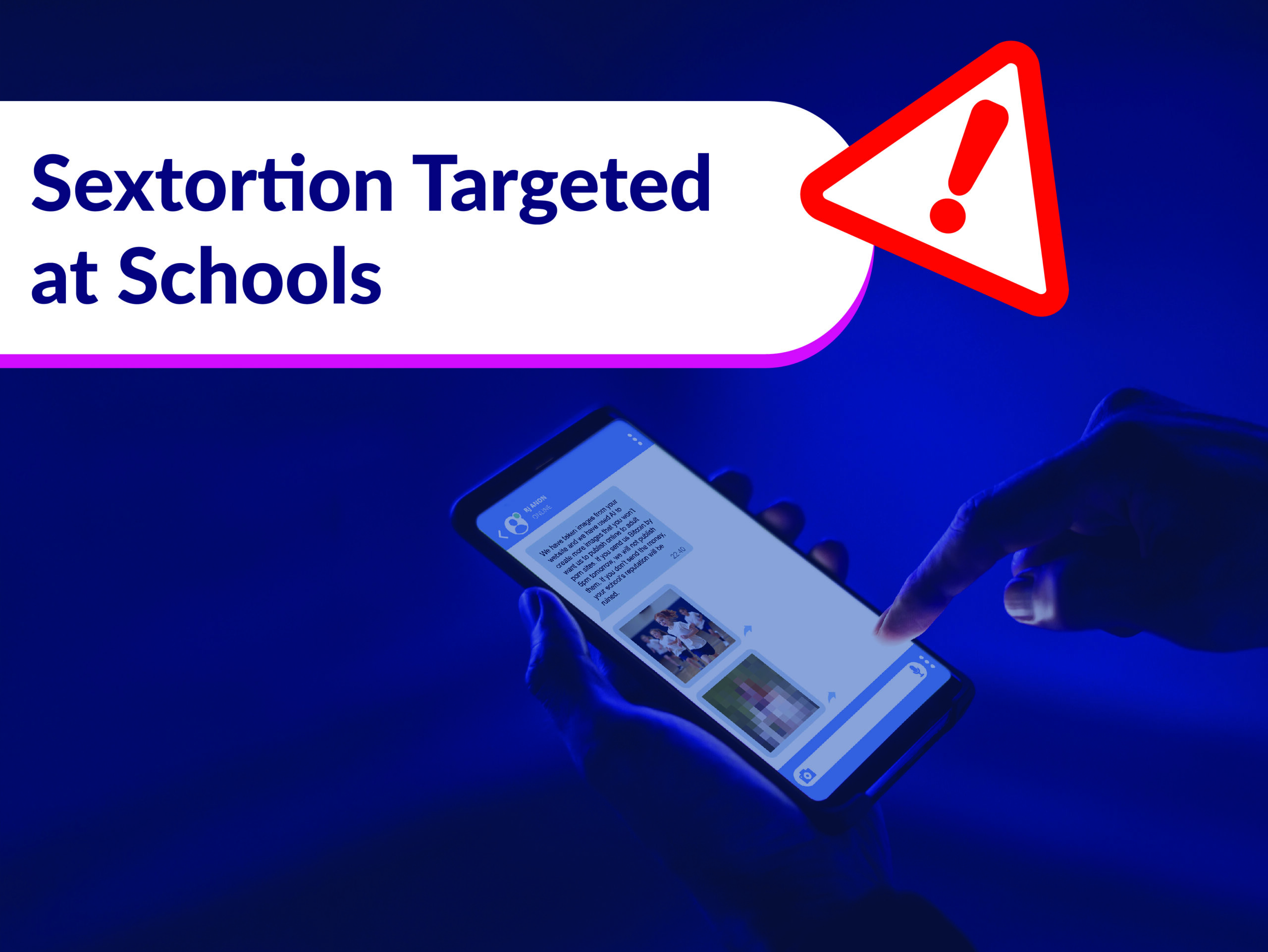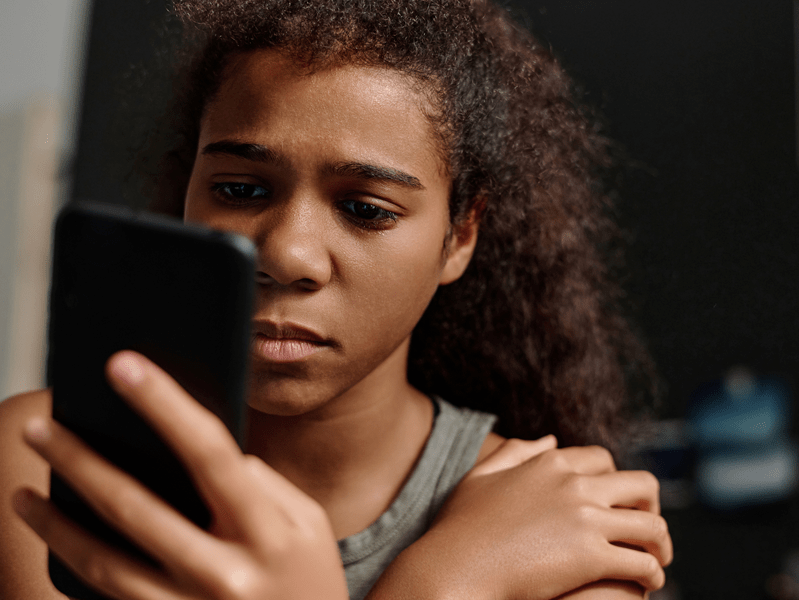Last Updated on 26th November 2025
Reading Time: 8.1 mins
May 9, 2024
For Mental Health Awareness Week 2024, we have compiled our best resources on mental health, along with some top tips for talking to young people about mental health.
Mental health can still be a tough topic to tackle and one that many people struggle to bring up in conversation or choose to avoid altogether. However, it’s important that we continue to challenge the stigma around talking about mental health so that the young people in your care feel confident, safe, and assured that they can come and talk to you.
With our top tips on talking to young people about mental health, we hope you’ll begin to break the silence and create conversation on everything from everyday emotional experiences, through to mental health problems like anxiety, exam stress, and mental health crises. Talking and reassuring young people that they are heard and supported can also help combat loneliness and isolation.
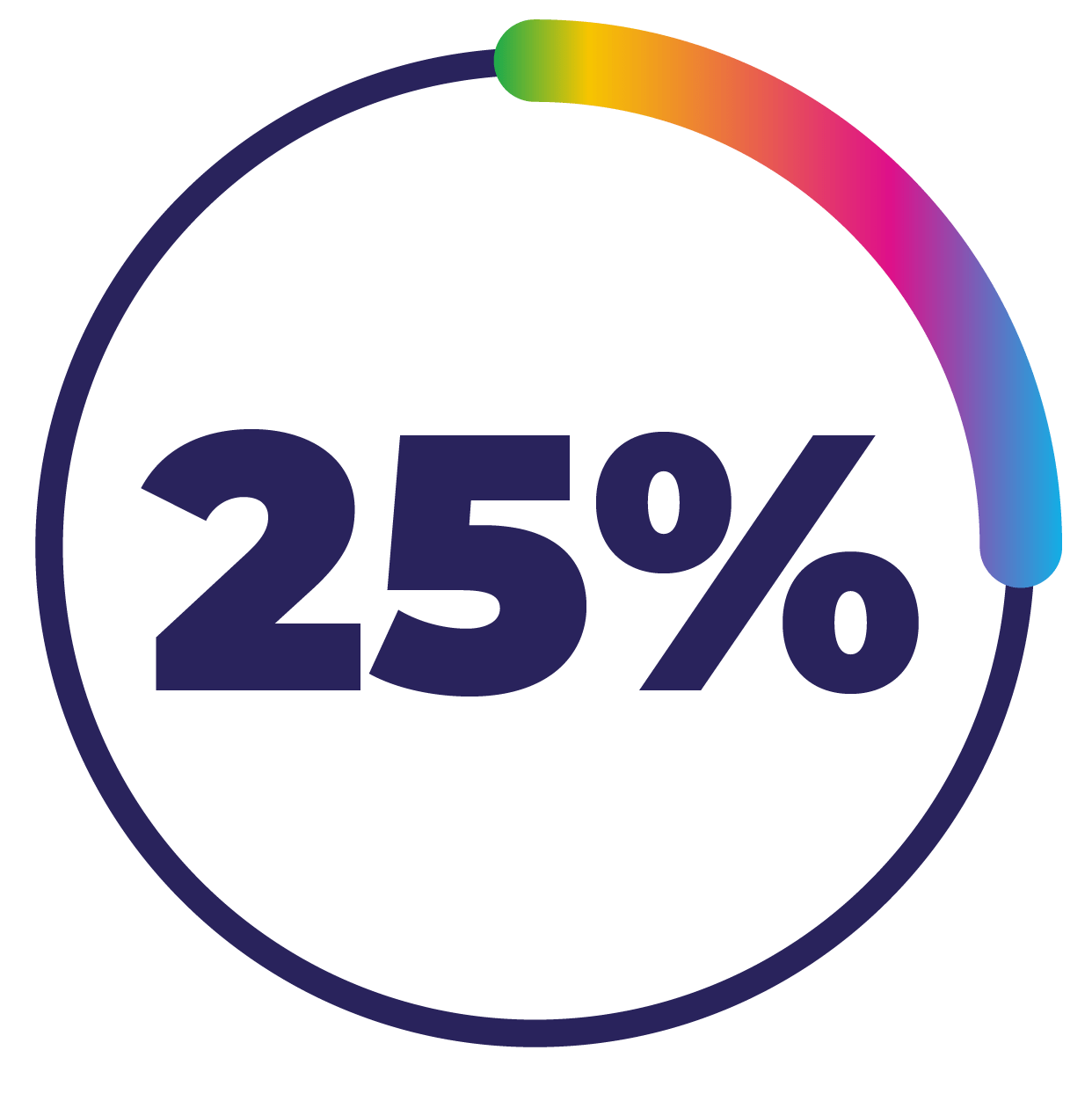
To help normalise talking about mental health, we’ve included links to some of our digital resources that will aid you in approaching the subject. It’s important to dedicate time to think about and acknowledge our emotions and feelings. So, for this year’s Mental Health Awareness Week, we encourage you to sit down with the young person in your care and get talking!

Top Tips for Talking about Mental Health
Remember, things have changed!
These days, talking about mental health is normalised for young people, from YouTubers and social media influencers talking about their own struggles with mental health issues, to mental health and wellbeing being taught as part of the curriculum in U.K. schools. In other words, it might feel more awkward for you to talk to young people about mental health than it does for them!
Choose your moment
One of the first factors to consider when engaging in a difficult topic is choosing your timing. Finding a moment in which they feel open to talking is key. Don’t pick a time in which they might feel rushed, ‘on the spot’ or distracted. It may feel logical to ask a young person to come sit on the sofa or at the dining room table, but this could create an atmosphere of intensity – or, even worse, like they’re in trouble! Instead, try to open a conversation when you’re in a more casual setting and with perhaps less intense eye contact. For example, when on a walk, out for dinner or in the car.
Use open-ended questions
Ask open questions that don’t have a ‘yes’ or ‘no’ answer. Open questions allow space for the person answering to talk, rather than just giving a short response that could ‘kill’ the conversation. It gives them the chance to air any problems, worries or stresses they have.
Some examples of questions you could use:
Listen actively
This means listening beyond what is simply being said. It involves being aware of what the meaning and intention is behind the words. Pay attention to the body language of the young person you’re speaking to whilst also making sure your body language shows you’re present and listening. After they’ve finished saying something, paraphrase it back to them to show you heard and understood. Your response is important – be empathetic and let them know you hear them.
Some examples of responses you can use:
Knowledge is power
By educating yourself on mental health, you’ll feel more confident in conversing on the topic, which will in turn be reassuring to the child or young person you’re talking to. There is no better time to learn about mental health than Mental Health Awareness Week!
Emotionally and mentally prepare
When you’re talking to a child or young person about mental health or any difficult subject, whether that’s mental health issues, bullying, relationships and sex education, it is important to remember it only works well when it’s a two-way conversation. You want them to feel like they can be open and honest – that means you might hear things you weren’t prepared to hear, or even things you don’t like. It’s extremely important that you don’t overreact, panic or react negatively, otherwise they will likely feel discouraged to engage with you on that topic or similarly difficult subjects again.
Know your strengths and limitations
Know where and when to seek further support if you feel overwhelmed, underequipped or just need further assurance on what to do or say. See our Further Support section below for suggested support and advice organisations and charities.
Mental health isn’t always a crisis!
Although often correlated, talking about mental health doesn’t always mean there’s something very wrong, the same way the term ‘physical health’ doesn’t immediately imply there’s an illness or other health problem. Having an open dialogue about emotions provides a healthy avenue for a young person to express what they’re feeling – good or bad.
Not everyone’s a talker
For some children and young people, talking about mental health won’t be the best option. Many people prefer to express their feelings through other means, such as by writing in a journal, artistic activities like painting, drawing or writing poetry. You’ll find some examples of alternative options for expression in our resources below, such as our Emotions Journal.
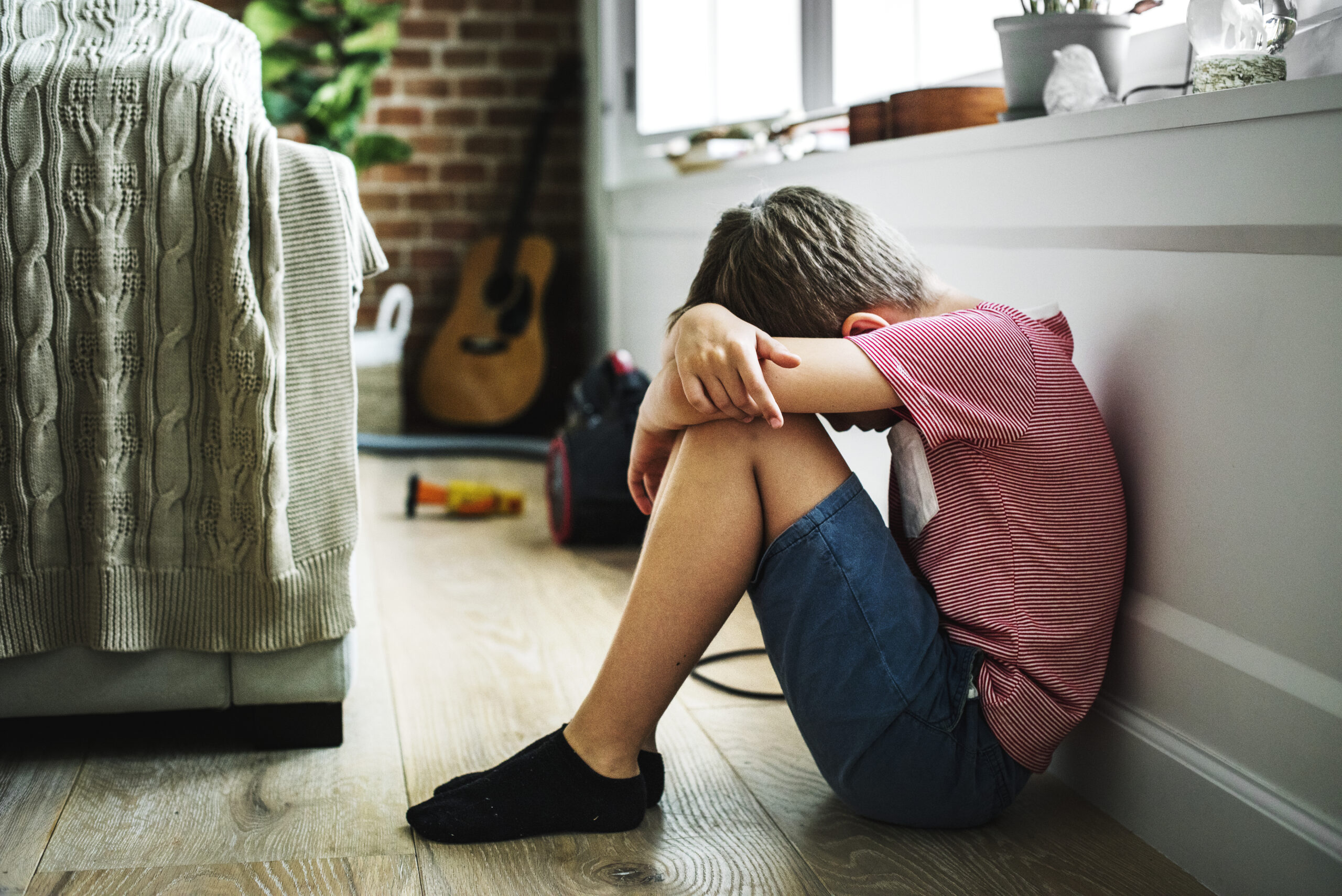
Mental Health Resources
Who Are Your Trusted Adults?
Who Are Your Trusted Adults?(Primary Edition)
Who Are Your Trusted Adults?(Makaton Edition)
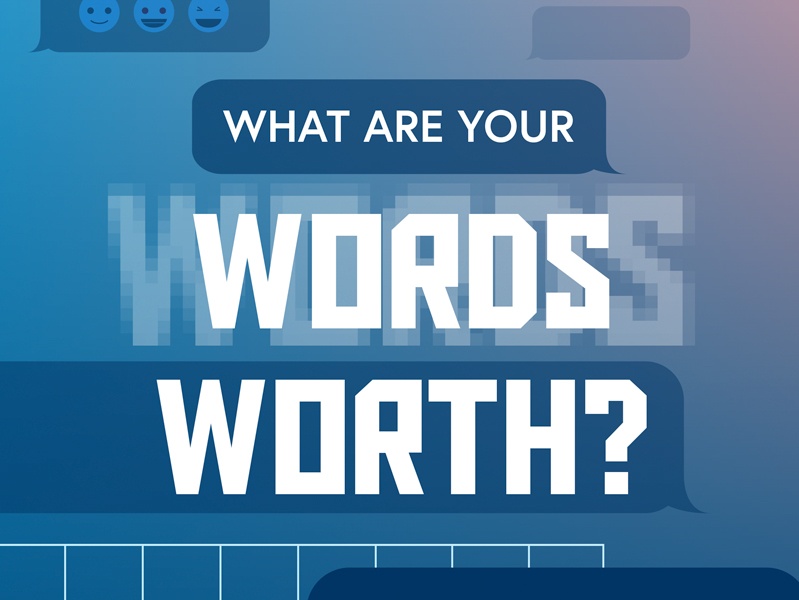
What Are Your Words Worth
Sometimes, our words can make someone else (or even ourselves) feel lonelier. This activity pack will help prompt young people to think about the words they use online. It will allow them to reflect on comments they make on social media or gaming platforms and consider how their words may impact others. There is also a challenge to spread more #PositivePosts across the social channels they use.
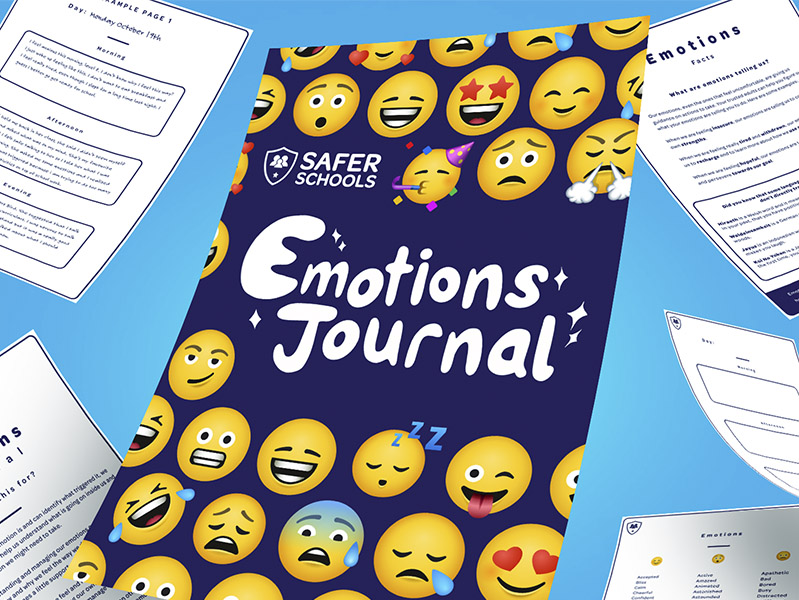
Emotions Journal
This journal has been designed to build the emotional intelligence and resilience of young people, offering them the opportunity to reflect and process their emotions. Keeping emotions to ourselves can be harmful, and the Emotions Journal provides a healthy way to express these feelings.
Join our Safeguarding Hub Newsletter Network
Members of our network receive weekly updates on the trends, risks and threats to children and young people online.
